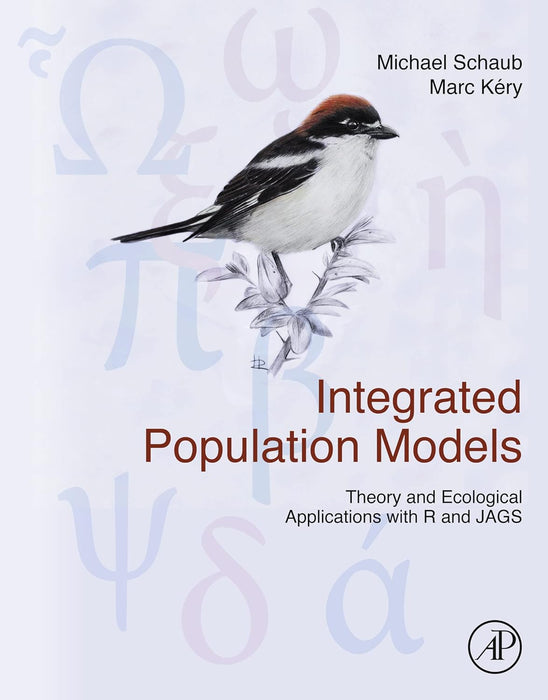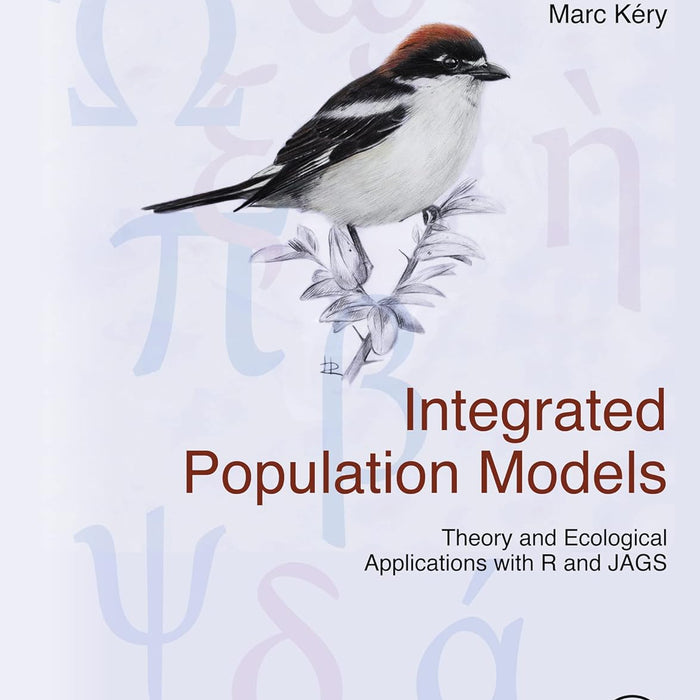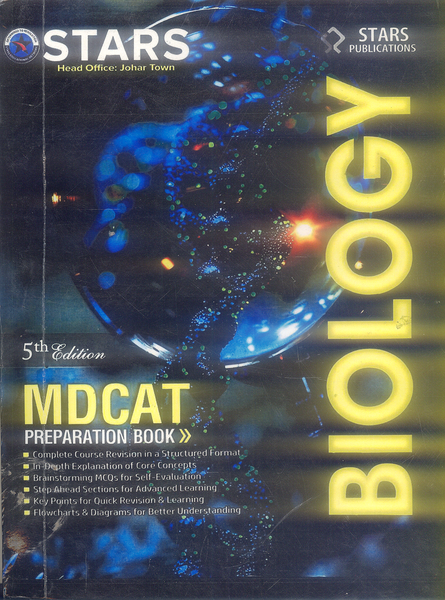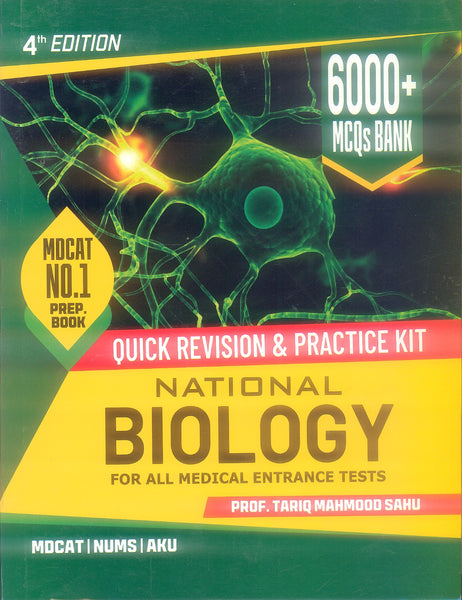Integrated Population Models by Michael Schaub (Author)
- Publisher: ZOOLOGY
- Availability: In Stock
- SKU: 49396
- Number of Pages: 638
Rs.1,290.00
Rs.1,595.00
Tags: Abundance Estimation , Bayesian Inference , Bayesian Statistics , best books , Best Price , Best Selling Books , Demographic Rates , Ecological Data Analysis , Ecological Forecasting , Ecological Models , Ecosystem Management , Environmental Impact on Populations , Habitat Impact on Populations , Hierarchical Models , Integrated Models in Ecology , Integrated Population Models , JAGS , Marc Kéry , Mark-Recapture Models , Michael Schaub , Model Validation , Multi-State Models , ONLINE BOOKS , Online Bookshop , Parameter Estimation , Population Decline , Population Ecology , Population Forecasting , Population Genetics , Population Growth Models , Population Modeling Techniques , Population Monitoring , Population Trends , Population Viability Analysis , R Programming , Reproductive Rates , Species Conservation , State-Space Models , Statistical Ecology , Survival Rates , Theory and Ecological Applications , Theory and Ecological Applications With R And JAGS , Wildlife Population Management , Wildlife Research
Integrated Population Models: Theory and Ecological Applications With R And JAGS
Authors: Michael Schaub, Marc Kéry
Introduction
Integrated Population Models: Theory and Ecological Applications With R And JAGS by Michael Schaub and Marc Kéry is a comprehensive guide to the theory and application of integrated population models (IPMs). These models combine different sources of ecological data, such as population counts, survival rates, and reproduction data, to provide a holistic understanding of population dynamics. The book introduces the statistical framework behind IPMs, focusing on Bayesian methods and the use of R and JAGS for model implementation. It covers both theoretical concepts and practical applications, making it accessible to ecologists, biostatisticians, and researchers working with population data.
Key Points
- Introduction to IPMs: Provides a clear explanation of the structure and purpose of integrated population models.
- Bayesian Framework: Teaches how to implement IPMs using Bayesian statistical methods.
- Use of R and JAGS: Demonstrates step-by-step coding examples and model development in R and JAGS.
- Data Integration: Explains how to combine data from different sources (e.g., capture-recapture, census, and telemetry).
- Model Selection and Validation: Discusses methods for evaluating model fit and improving accuracy.
- Ecological Applications: Provides real-world examples of IPMs applied to ecological research and wildlife conservation.
- Advanced Topics: Covers state-space models, parameter estimation, and uncertainty analysis.
Why Read This Book
- Ideal for ecologists, statisticians, and wildlife biologists working with population data.
- Combines theoretical depth with practical coding applications.
- Provides a structured approach to handling complex ecological data.
- Helps improve decision-making in conservation and wildlife management.
- Includes detailed R and JAGS code to facilitate hands-on learning.
Conclusion
Integrated Population Models is an essential resource for understanding and applying IPMs in ecological research. Its combination of theoretical foundation, statistical rigor, and practical coding guidance makes it a valuable tool for both experienced researchers and those new to population modeling.

























